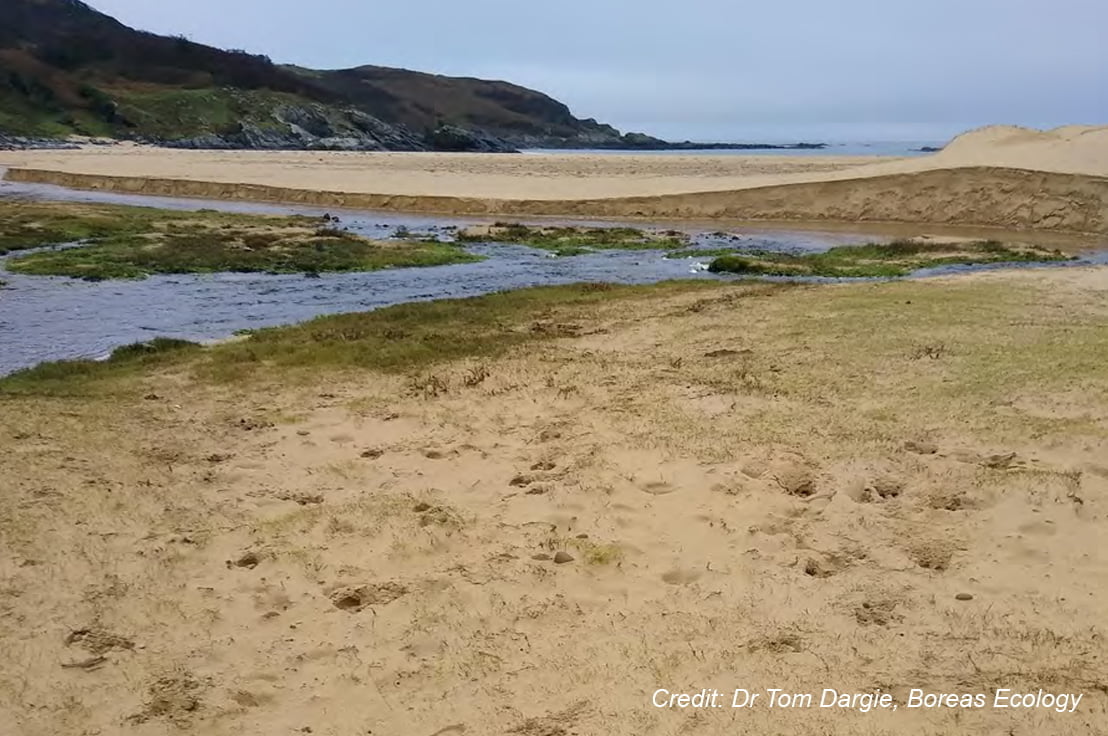
TEP is pleased to have worked alongside Intertek and Global Marine to secure planning permission on behalf of BT for three fibre optic telecommunications cables in the Scottish Isles as part of the North contract for the Scottish Government’s R100 programme.
TEP secured consent for three cable landings at Fair Isle, Sanday and Colonsay.
In August 2019, the Scottish Government published ‘Reaching 100% – Superfast Broadband for All: Our Vision’. The Digital Strategy sets out the vision for Scotland as a digital nation that needs high quality digital connectivity across Scotland, particularly in rural communities. Reaching 100% (R100) aims to provide every home and business in Scotland with access to superfast broadband of 30 Megabits per second.
The fibre optic cables will contribute towards the R100 programme and the Digital Strategy by improving broadband connectivity to some of Scotland’s most rural communities to support future economic growth.
The R100 North contract included 16 cables with 31 landfall connections. TEP’s Town Planners undertook an analysis of all the landfall points to determine which would require planning permission and which could be installed using permitted development rights.
It was identified that three cable landings would need planning permission due to the ecologically sensitive nature of the sites. All of the sites requiring planning permission are designated as a Special Protection Area, Special Area of Conservation or a Site of Special Scientific Interest.
Our Landscape Planners prepared a Landscape and Visual Technical Note for the Fair Isle landing, which lies in a National Scenic Area.
TEP managed and prepared the planning application process and brought it to a successful conclusion. All three cable landings were granted approval and cable installation is complete, ready for superfast broadband rollout within the Scottish communities.








